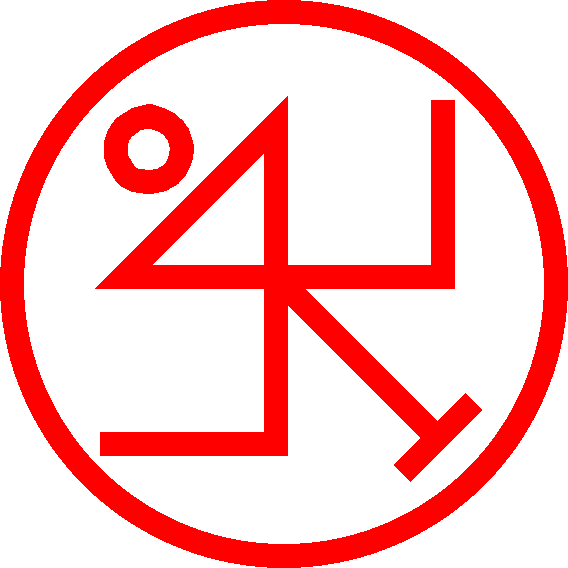![]() My friends know I love languages and linguistics. Today I wanted to share with you one of the most amazingly elegant and beautiful writing systems in the world: Hangul (also spelled hangeul in English, but properly spelled 한글 in the system itself), the system used for writing Korean.
My friends know I love languages and linguistics. Today I wanted to share with you one of the most amazingly elegant and beautiful writing systems in the world: Hangul (also spelled hangeul in English, but properly spelled 한글 in the system itself), the system used for writing Korean.
In order to approach this — and I hope Koreans will not be insulted by it — let’s start with the title of a well-known work of Korean literature:

It’s the title of PSY’s song “Gangnam Style.” Yes, I’m going to use that to teach you how the Hangul system works.
“Gangnam”, by the way, is the name of a neighborhood in Seoul, South Korea, which is sort of thought of like Beverly Hills: rich, glamorous. So the title means “glamorous style”, but PSY uses it kinda ironically to poke fun at the concept. Don’t believe me? Watch how silly the video is.
Syllables
Let’s look into this step by step. First, Korean’s native words have pretty simple syllables, structurally. They don’t have big clusters at the beginning or end of syllables like the English word “strength” has. Basically, a Korean syllable consists of:
- an optional consonant
- a mandatory vowel, which may optionally have the sound y or w before it
- an optional consonant
And that’s it. So acceptable Korean syllables include an, nam, nyam, pu, de, gal, wang*, yeo*, or gang*.
* — “eo” is one vowel sound, but we have to use multiple English letters to write it because it’s not quite like most English vowels. Similarly, “ng” is one single consonant sound in Korean and many other languages; it’s not Korean’s fault that English once again needs two letters to write it.
Okay! So the possible shapes of Korean syllables are: V, CV, VC, and CVC. And the V can include a w or y before it, but we’ll write that as part of the vowel.
Syllable blocks
Individual Korean letters are called jamo. The jamo for the vowels come in two types: “tall” signs and “wide” signs. The vowels in which you round your lips (o, u, eu, …) are drawn with wide signs; the vowels in which you don’t (a, e, i, …) are drawn with tall ones.
Given the possible shapes of a Korean syllable, and the two ways to draw vowels, here’s the possible ways in which the jamo get stacked together to form a syllable with tall vowels:
and with wide vowels:
In both of these images, the red bar (tall or wide) represents the vowel; the blue Cs represent consonants; and the blue X represents a special sign you put at the beginning of a syllable block to say “this syllable begins with a vowel”. It’s basically a silent consonant placeholder.
Now we can return to the title of the song and see how it breaks into syllables. I haven’t told you yet what the “X” symbol is which is a placeholder consonant, but we’ll get to that. For now let’s just assume none of the consonants are placeholders.
So the title of the song is in five syllables, which seems weird right now; in English it’s only three: gang-nam-style. Trust me for now.
In the next post, we’ll break down the two syllables of the name Gangnam and see how the individual jamo work.



